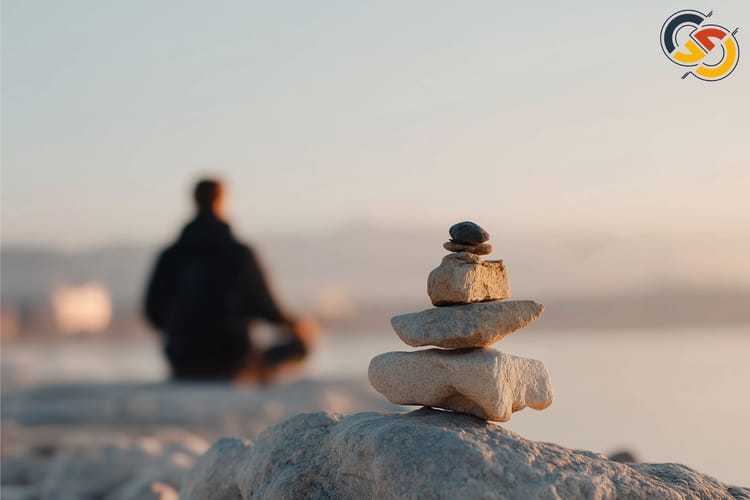Unfolding the Yoga Mat: Types of Yoga Practices

Introduction: Embracing the Diversity of Yoga
Yoga, an ancient practice in India, has evolved into a global phenomenon, captivating millions with its promise of physical, mental, and spiritual well-being. As yoga has spread worldwide, it has embraced a remarkable diversity, adapting to various cultures, lifestyles, and individual needs.
From the gentle, restorative poses of Yin Yoga to the dynamic, flowing sequences of Vinyasa, the world of yoga has something to offer for everybody and every intention. Some styles focus on physical strength and flexibility, while others prioritize mindfulness, breath awareness, or spiritual growth. Understanding the different types of yoga can help practitioners find the practice that resonates with their goals and preferences.
This article will journey through the diverse world of yoga practices. We will explore the roots of traditional yoga, delve into the most popular contemporary styles, and discover specialized practices tailored to specific needs and interests. By the end of this exploration, readers will have a clearer understanding of the wide variety of yoga and be better equipped to choose the path that aligns with their aspirations.
The Roots of Yoga: Traditional Practices and Their Modern Interpretations
Yoga's origins can be traced back to ancient India, where it developed as a comprehensive system for cultivating physical, mental, and spiritual well-being. The earliest written record of yoga is in the Yoga Sutras of Patanjali, a text dating back to around 400 CE. Patanjali's eight-limbed path, known as Ashtanga Yoga, encompasses ethical principles, physical postures, breath control, sensory withdrawal, concentration, meditation, and a state of pure consciousness.
Traditional yoga practices, such as Hatha Yoga, Raja Yoga, and Kriya Yoga, have their roots in these ancient teachings. Hatha Yoga, which forms the basis for many modern styles, emphasizes the physical aspects of the practice, including postures (asanas), breath control (pranayama), and cleansing techniques (ShatKarmas). Raja Yoga, known as the "royal path," focuses on meditation and cultivating mental discipline. Kriya Yoga, a system revived by Paramahansa Yogananda, combines physical techniques with meditation and spiritual practices.
As yoga has evolved and spread beyond its Indian origins, these traditional practices have been adapted to suit modern contexts and audiences. Today, yoga classes often incorporate elements from various traditional styles, creating hybrid approaches that cater to the needs and preferences of contemporary practitioners. For example, a typical Hatha Yoga class might include a combination of physical postures, breathwork, and relaxation techniques. At the same time, a Raja Yoga workshop may focus on meditation and self-inquiry.
The influence of traditional yoga extends beyond the mat, with many modern practitioners integrating yogic principles into their daily lives. The Yamas and Niyamas, the ethical guidelines outlined in the Yoga Sutras, serve as a foundation for living with integrity, compassion, and self-discipline. By embracing this timeless wisdom and adapting it to modern challenges, contemporary yogis continue to draw inspiration from the roots of the practice.
The Most Popular Types of Yoga Explained
1. Hatha Yoga: The Foundation of Physical Practices
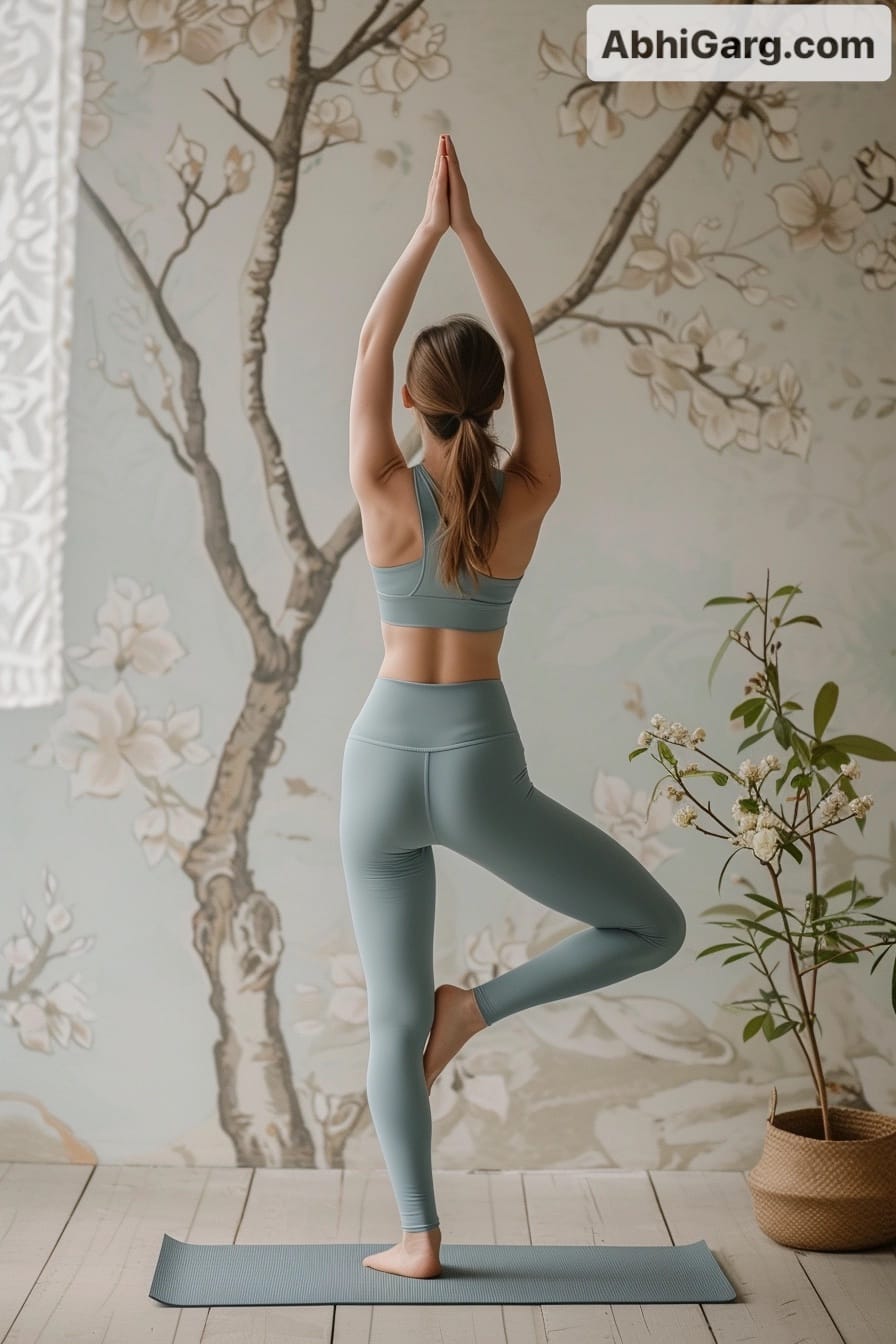
Hatha Yoga is often considered the foundation of modern physical yoga practices. Hatha Yoga balances the body and mind, promoting overall well-being by focusing on postures (asanas), breath control (pranayama), and relaxation techniques. A typical Hatha Yoga class moves slower, allowing students to hold each posture for several breaths and focus on proper alignment. This makes Hatha Yoga an excellent choice for beginners or those seeking a more gentle, restorative practice.
2. Vinyasa Yoga: The Flow of Movement and Breath
Vinyasa Yoga, or Flow Yoga, is a dynamic style that links breath with movement. In a Vinyasa class, students move seamlessly from one posture to the next, creating a fluid, dance-like sequence. The pace can vary from slow and gentle to fast and challenging, making Vinyasa Yoga adaptable to different levels of experience and fitness. This style is ideal for those who enjoy a more active, movement-oriented practice and thrive on the connection between breath and motion.
3. Ashtanga Yoga: The Intensity of Progressive Series
Ashtanga Yoga is a highly structured, physically demanding style that follows a set sequence of postures. Developed by K. Pattabhi Jois, Ashtanga Yoga consists of six series of increasing difficulty, each building upon the previous one. Students practice the same sequence of postures in each class, allowing them to track their progress and deepen their understanding of the practice over time. Ashtanga Yoga is known for its intensity and is well-suited for experienced practitioners seeking a rigorous, disciplined approach.
4. Iyengar Yoga: The Precision of Alignment and Props
Iyengar Yoga, named after its founder, B.K.S. Iyengar, emphasizes precise alignment, anatomical awareness, and props. In an Iyengar class, students learn to perform postures with meticulous attention to detail, using props such as blocks, straps, and blankets to support their alignment and facilitate deeper stretching. This style is particularly beneficial for those with injuries or limitations, as props allow for safe, accessible modifications of the postures.
5. Bikram and Hot Yoga: The Heat of Transformation
Bikram Yoga, developed by Bikram Choudhury, is a set series of 26 postures and two breathing exercises performed in a room heated to 105°F (40°C) with 40% humidity. The heat facilitates deeper stretching, detoxification through sweat, and improved circulation. Hot Yoga, a broader term, encompasses any yoga style practiced in a heated room, often with a more varied sequence of postures. These styles are popular among those who enjoy the challenge and intensity of practicing in a warm environment.
Gentle and Restorative Yoga: Types for Relaxation and Healing
1. Yin Yoga: The Depth of Holding Poses
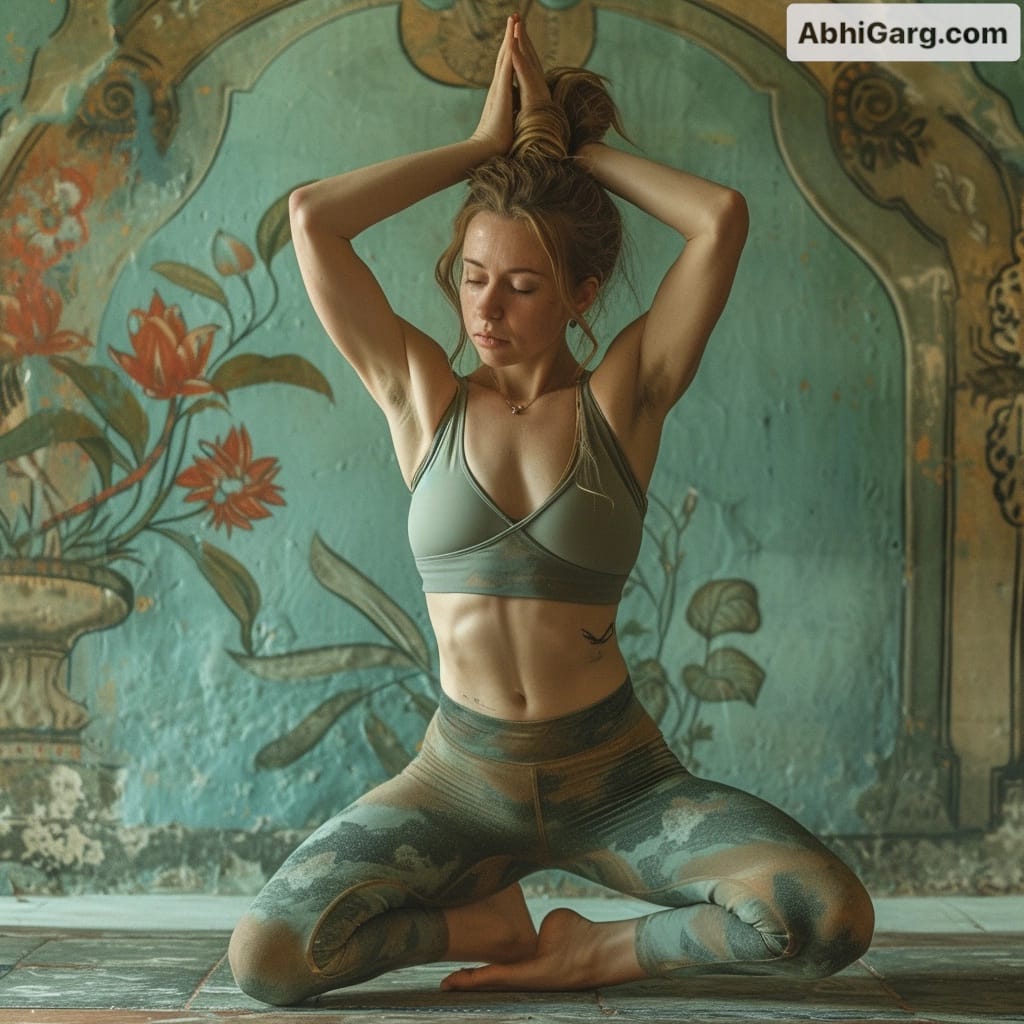
Yin Yoga is a slow-paced, meditative style that targets the connective tissues, such as ligaments, joints, bones, and fascia. In a Yin class, students hold passive postures for several minutes, allowing the muscles to relax and the deeper connective tissues to be gently stretched. This practice is deeply calming and introspective, promoting inner peace and balance. Yin Yoga is suitable for all levels and is particularly beneficial for those seeking a quieter, more contemplative practice.
2. Restorative Yoga: The Art of Active Relaxation
Restorative Yoga is a gentle, nurturing practice that uses props to support the body in a series of passive postures. The goal is to promote deep relaxation and release body and mind tension. In a Restorative class, students may only practice a few postures, holding each one for an extended period, often with the support of blankets, bolsters, and blocks. This style is ideal for those seeking stress relief, healing from injuries or illness, or a soothing complement to more active yoga practices.
3. Gentle Yoga: Accessible Practices for Every Body
Gentle Yoga is a slower-paced, less intense practice focusing on accessible, easy-to-perform postures. This style is designed to be inclusive and welcoming to all, regardless of age, fitness level, or experience. In a Gentle Yoga class, students move slowly and mindfully, emphasizing breath awareness and relaxation. Gentle Yoga is particularly well-suited for beginners, seniors, those recovering from injuries, or anyone seeking a more mellow, restorative practice.
Yoga for the Mind: Meditative and Spiritual Types of Yoga
1. Kundalini Yoga: Awakening Inner Energy
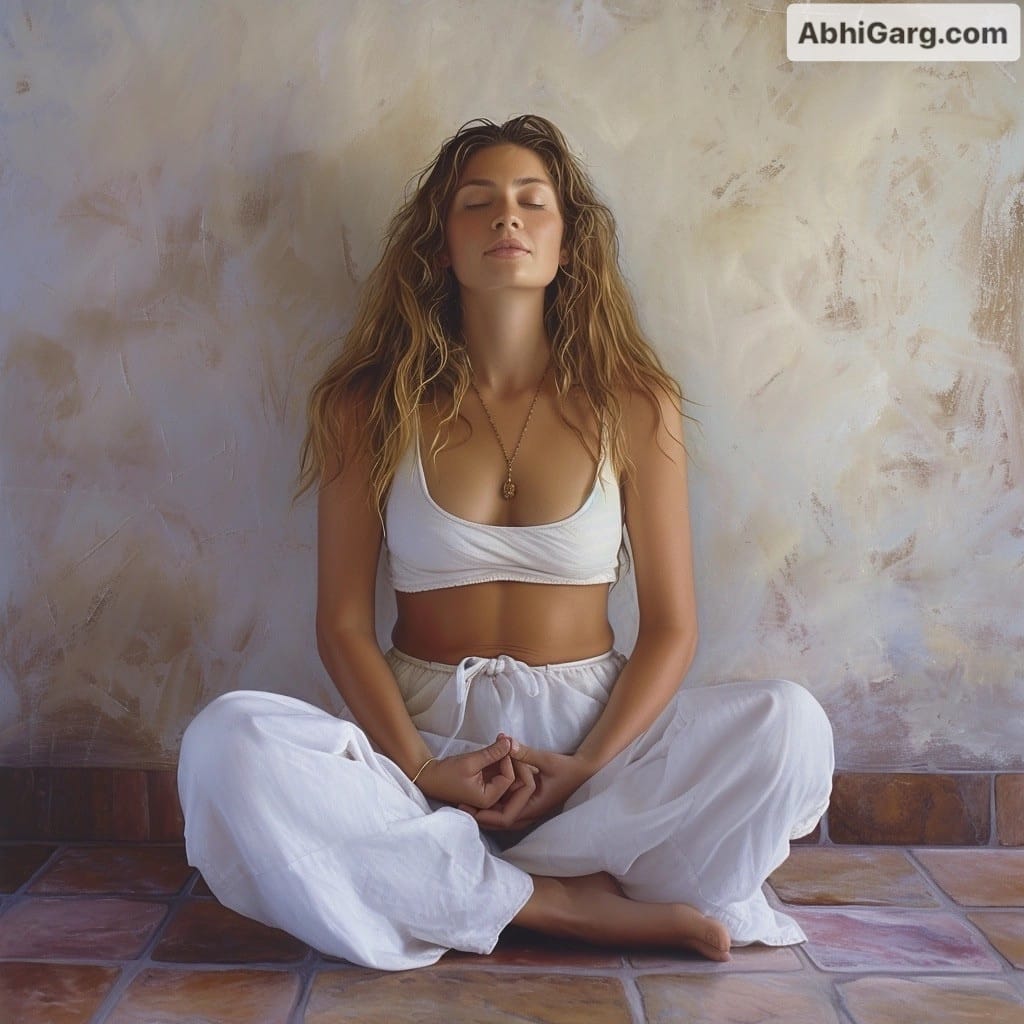
Kundalini Yoga, as taught by Yogi Bhajan, is a dynamic practice that combines physical postures, breathwork, chanting, and meditation. The goal is to awaken the kundalini energy, believed to reside at the base of the spine and channel it upward through the chakras for spiritual awakening and transformation. Kundalini Yoga classes often include challenging breath exercises, rapid movements, and precise postures held for extended periods. This style is known for its intensity and is best suited for those seeking a more spiritually focused, energizing practice.
What is Kundalini Yoga?
2. Jnana Yoga: The Path of Knowledge and Wisdom
Jnana Yoga, the yoga of knowledge or wisdom, is a path of self-inquiry and contemplation. This style emphasizes cultivating discriminative knowledge or distinguishing between the real and the unreal, the self and the non-self. Jnana Yoga practitioners deeply study, reflect, and meditate to understand reality's nature and the ultimate truth. Those with a philosophical or intellectual inclination often pursue this path, seeking to unravel the mysteries of existence through reason and insight.
3. Bhakti Yoga: The Yoga of Devotion and Love
Bhakti Yoga, the yoga of devotion and love, centers on cultivating a pure, unconditional love for the Divine, often personified in an archetype or deity. But this devotion does not solely lie in external projection onto divine forms alone. Bhakti's inward radiance ultimately points to remembering each being's eternal identity as a loving expression of universal divinity. This practice includes chanting, prayer, satsang spiritual gatherings, devotional rituals, and surrendering the ego into transpersonal unity consciousness. Bhakti Yoga is the path of those seeking a heartfelt, devotional connection with the sacred within all life.
What is Bhakti Yoga?
Yoga for Everyone: Tailoring Practices to Diverse Needs
1. Prenatal Yoga: Nurturing the Mother-to-be
Prenatal Yoga is a gentle practice designed to support the unique needs of pregnant women. This style focuses on postures that can help alleviate common discomforts of pregnancy, such as back pain, swelling, and fatigue. Prenatal Yoga classes also emphasize breath work and relaxation techniques that can be helpful during labor and delivery. By practicing Prenatal Yoga, expectant mothers can cultivate strength, flexibility, and a sense of calm as they prepare for motherhood.
2. Senior Yoga: Age is Just a Number
Senior Yoga, or Yoga for Seniors, is a gentle practice tailored to the needs of older adults. This style emphasizes accessible, modified postures that can help improve balance, flexibility, and strength, reducing the risk of falls and promoting overall well-being. Senior Yoga classes often incorporate chairs or other props for support and stability, making the practice safe and comfortable for students of all abilities. By practicing yoga regularly, older adults can maintain their physical and mental vitality, fostering a sense of independence and resilience.
3. Yoga for Athletes: Supporting Peak Performance

Yoga for Athletes is a style that caters to the specific needs of athletes and active individuals. This practice focuses on postures and sequences that can help improve flexibility, balance, and mental focus, all essential for peak performance in sports and other physical pursuits. Yoga for Athletes classes may incorporate dynamic movements, core strengthening exercises, and breath work techniques that can enhance endurance and recovery. By integrating yoga into their training regimen, athletes can reduce the risk of injury, improve their performance, and cultivate a more balanced, holistic approach to their sport.
Specialty Yoga: Beyond the Traditional Mat
1. Aerial Yoga: Defying Gravity
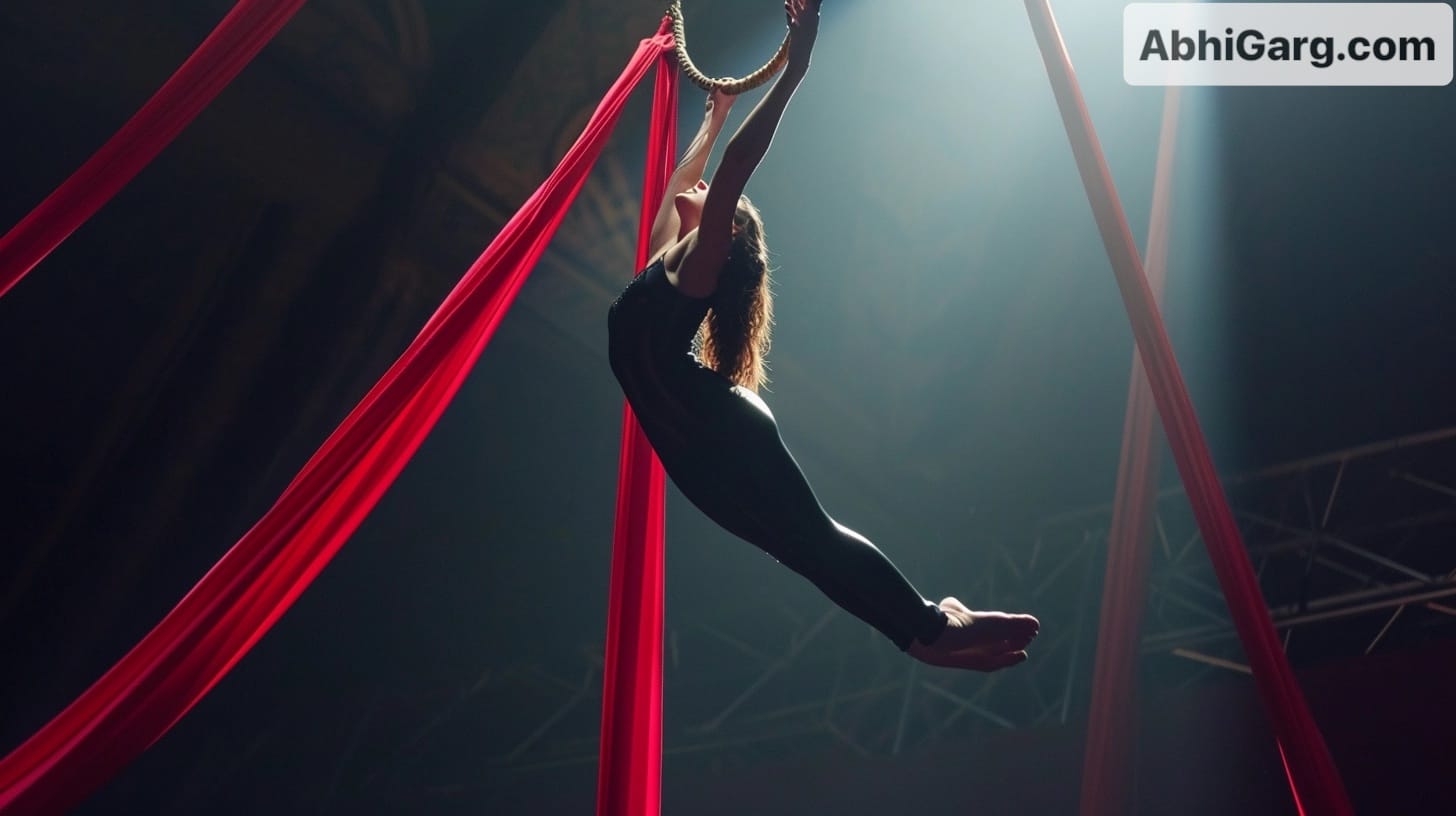
Aerial Yoga, also known as Antigravity Yoga, is a practice that incorporates the use of hanging silk hammocks to support and suspend the body in various postures. This style combines elements of traditional yoga, aerial arts, and Pilates, creating a unique and playful experience. Aerial Yoga can help decompress the spine, improve circulation, and build upper body strength, all while providing a sense of weightlessness and freedom. This practice is suitable for students of all levels, as the hammock can support and assist in achieving deeper stretches and more challenging inversions.
2. AcroYoga: The Synergy of Partnership
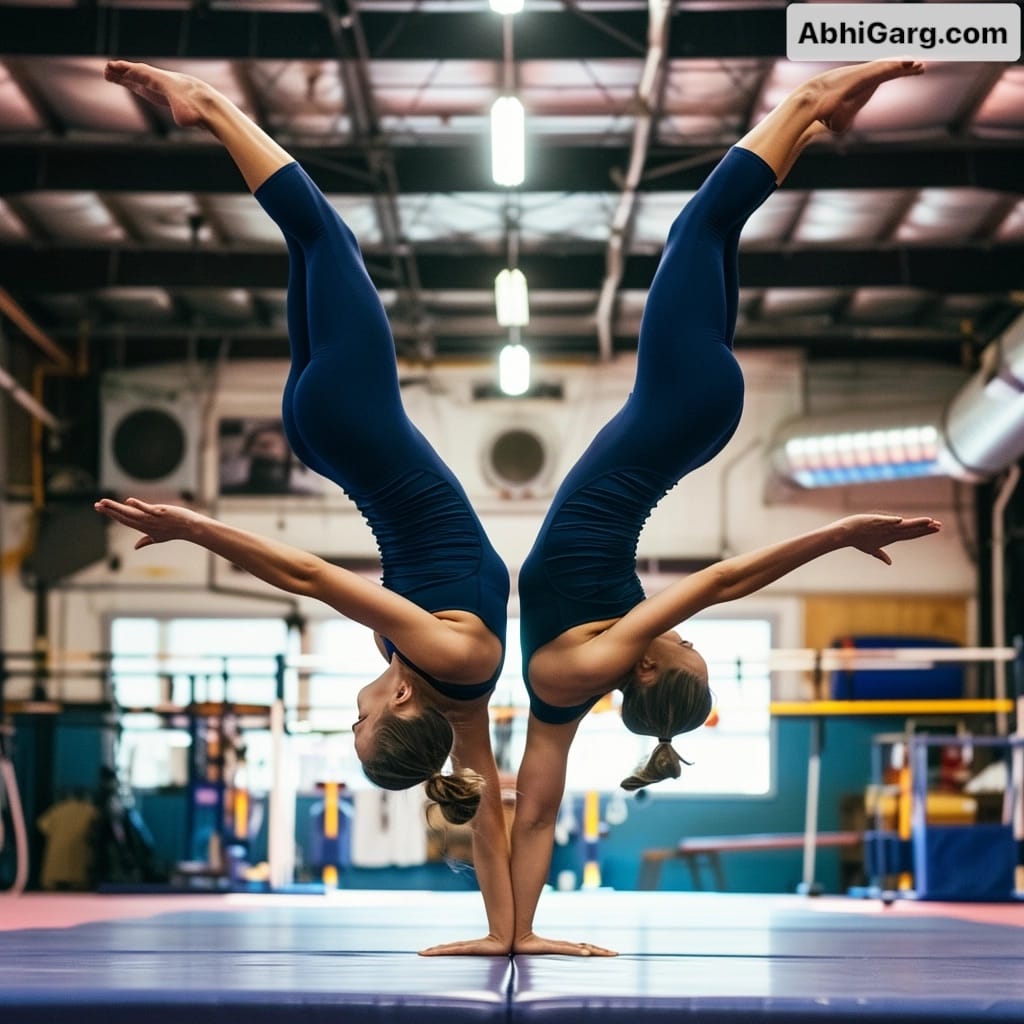
AcroYoga is a dynamic practice that combines the wisdom of yoga with the playfulness of acrobatics and the compassion of Thai massage. In an AcroYoga class, students work in pairs or small groups to explore a variety of postures, lifts, and flows, building trust, communication, and connection. This style can help develop strength, flexibility, and balance while fostering community and collaboration. AcroYoga is a joyful, interactive practice that encourages students to step outside their comfort zones and explore the power of partnership.
3. Aqua Yoga: The Fluidity of Water
Aqua Yoga, or Water Yoga, is a gentle practice in a warm water pool. This style incorporates traditional yoga postures, breathwork, and relaxation techniques adapted for the aquatic environment. The buoyancy of the water supports the body, reducing the impact on joints and allowing for a greater range of motion. Aqua Yoga benefits those with limited mobility, arthritis, or other conditions that may challenge land-based yoga. By practicing in the water, students can experience a sense of weightlessness, freedom, and deep relaxation.
Choosing Your Path: How to Select the Right Type of Yoga for You
With so many types of yoga available, choosing the right practice for your needs and goals can be overwhelming. Here are some factors to consider when selecting a yoga style:
1. Assessing Your Fitness Level and Personal Goals
Begin by evaluating your current fitness level and identifying your personal goals for practicing yoga. Are you seeking to build strength, improve flexibility, reduce stress, or cultivate spiritual awareness? Different styles of yoga cater to different objectives, so understanding your intentions can help narrow down your choices.
2. The Importance of Trying Different Styles
Feel free to experiment with various types of yoga to find the practice that resonates with you. Many studios offer beginner-friendly classes or introductory workshops that allow you to sample different styles before committing to a regular practice. Keep an open mind and be willing to step outside your comfort zone – you may discover a style that surprises and delights you.
3. When to Consider a Yoga Hybrid or Cross-Training
While dedicating yourself to one style of yoga can be rewarding, exploring yoga hybrids or cross-training with other practices can provide a well-rounded approach to wellness. For example, combine a vigorous Vinyasa practice with a restorative Yin session, or supplement your yoga with Pilates or martial arts. By diversifying your practice, you can challenge your body and mind in new ways and avoid plateaus in your growth.
Conclusion: Integrating Yoga into Your Lifestyle
Yoga is a vast and vibrant landscape, offering a wealth of practices and paths to explore. By understanding the diverse types of yoga and their unique benefits, you can embark on a journey of self-discovery and transformation that extends far beyond the mat. Whether you seek physical strength, emotional balance, or spiritual growth, there is a yoga style that can support and inspire you.
As you navigate the yoga world, remember that the practice is personal. Trust your intuition, listen to your body, and let your heart guide you to the most authentic and enriching path. With dedication and an open mind, you can weave yoga into the fabric of your life, cultivating a sense of harmony, resilience, and joy that radiates from within.
Frequently Asked Questions (FAQs)
1. I'm new to yoga. Which type of yoga is best for beginners?
Hatha and Gentle Yoga are excellent for beginners because they move slower and focus on basic postures and breathing techniques. These styles provide a solid foundation for building strength, flexibility, and body awareness.
2. Can I practice yoga if I need to be more flexible?
Yes, absolutely! Regular practice of Hatha Yoga increases flexibility and strength. Many postures can be modified to suit your current level of flexibility, and props like blocks and straps can help you safely access the benefits of each pose.
3. What are the main differences between Vinyasa and Hatha Yoga?
Vinyasa Yoga is a dynamic style that links breath with movement, creating a flowing sequence of postures. Hatha Yoga, on the other hand, is a slower-paced practice that focuses on holding each posture for several breaths, allowing for a deeper stretch and greater stillness.
4. How often should I practice yoga to see the benefits?
Consistency is key when it comes to yoga. Aim to practice at least three times a week to start noticing improvements in your flexibility, strength, and overall well-being. However, even practicing once a week can provide benefits, and you can gradually increase the frequency as you become more comfortable with the practice.
5. Can yoga help with stress and anxiety?
Yoga has been shown to calm the mind and body. Practices like Yin Yoga, Restorative Yoga, and Yoga Nidra are particularly effective for reducing stress and promoting relaxation. The combination of gentle movement, deep breathing, and meditation can help alleviate anxiety and improve overall mental well-being.
6. Do I need to follow a specific spiritual belief system to practice yoga?
No, while yoga has its roots in ancient Indian philosophy, modern yoga practices can be enjoyed by people of all faiths or no faith at all. Yoga is a personal journey; you can focus on the physical, mental, and emotional benefits without adhering to specific spiritual beliefs.
7. What should I wear to a yoga class?
Wear comfortable, breathable clothing that allows for easy movement. Avoid baggy clothes that may get in the way of your practice or reveal too much when inverted. Most people wear fitted tank tops or T-shirts with leggings or shorts. It's best to practice barefoot to maintain a connection with your mat and prevent slipping.


